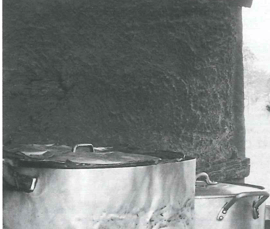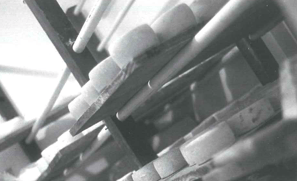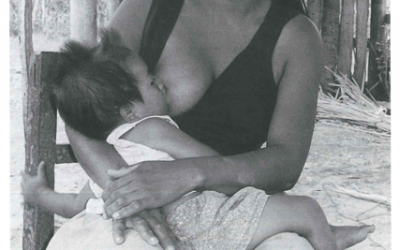Salpicón Nicaragüense
A Latin American Culinary Puzzle
![]()
Nicaraguan salpicón is one of the defining dishes of present-day Nicaraguan cuisine and yet it is unlike anything else that goes by the name of salpicón. Rather, it is an entire menu revolving around a large piece of stewed beef. Evidently, the Nicaraguan dish evolved at a time when salpicón was more fluid in meaning and then branched out into its own distinctive cultural interpretation. Its roots might trace to late medieval Spain…we discovered a recipe for salpicón de vaca in the Novisimo arte de cocina published in Mexico City in 1831, but it employs beef and ham together and, in any case, is not like the Nicaraguan dish….
The cut of meat chosen for salpicón varies from household to household depending on finances. The preferred cut is similar to the American eye-of-the-round, the most tender and expensive part of the animal. This cost alone separates it from the gallo pinto (rice and beans) cookery of the average Nicaraguan peasant….
The meat for salpicón is placed in a large stewing pan with elaborately chopped vegetables carrots, onions, copious amounts of garlic, crushed tomatoes, cut up corn on the cob, ripe plantain, yucca, even diced potatoes, chayote or purple yautia known as quequisque in Nicaragua….The meat is then covered with water, sour orange juice, and white-water vinegar and stewed until tender….Once it is cooked, the beef is removed from the stew and shredded. Minced chiltomas, lime juice, and onions are then added. The hash is then placed in a serving bowl and sent to the table along with warm rice and hot sopa de res. Part of the rice and hashed meat is reserved, moistened with the sopa de res, and used as stuffing in empanadas de maduro….Now the salpicón meal is complete: sopa de res as a starter, white rice, hashed meat, and empanadas, a full meal derived from one cut of beef.
Spring/Summer 2001
William Woys Weaver, Food historian and Nicaraguan Enrique Balladares-Castillo wrote a longer version of this article for the Radcliffe Culinary Times (Winter 1999). The authors are interested in finding historical parallels for this menu and invite readers to contact them with comments in English or Spanish.
Related Articles
The Perils of Eating Feet
I was 19, in love, and eager to gain the acceptance of my boyfriend Guillermo’s family in the mountains of Imbabura, Ecuador…
Peanuts, Popcorn, Cracker Jack
While peanuts and popcorn were new to 19th century United States, both had been consumed as snacks in the Americas for thousands of years. Peanuts originated in Bolivia, domesticated by…
Nutrición, Lactancia Materna y Fertilidad
“2 de febrero, 2000: Es la hora de la siesta en Namqom. Todo está calmo, atemporal, borroso” Yo estoy sentada en la salita de enfermería en en el Centro de Salud. Desde aquí escucho roncar a…




